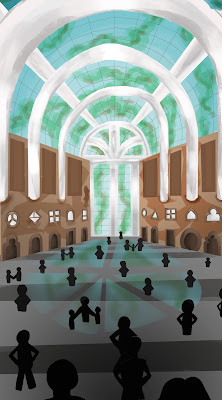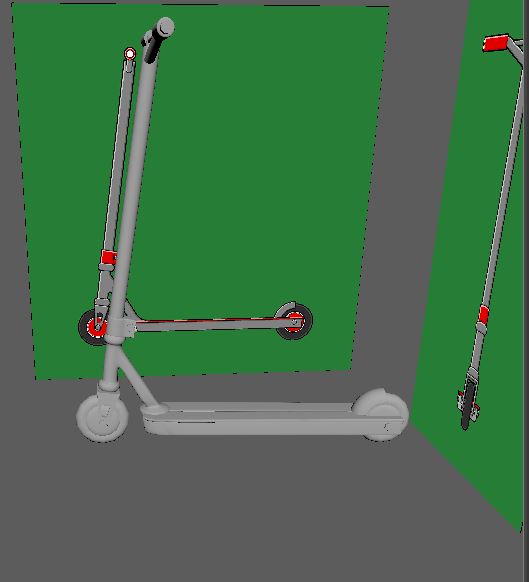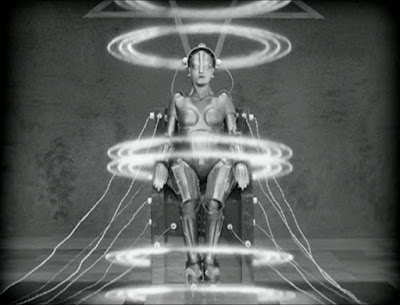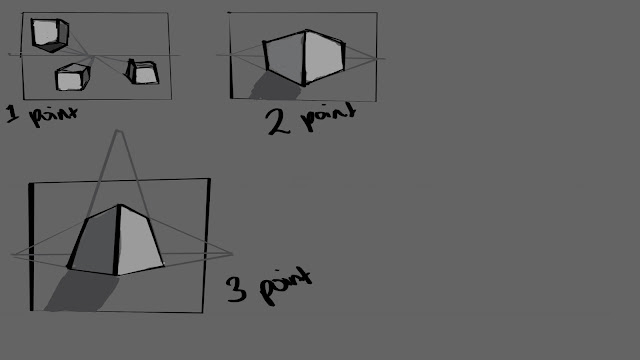@Phil New Directions - What If Metropolis
While I have been drawing, I have come to realise that there are two "categories" for Brancusi's sculptures. They are either rounded, grand merged shapes, or a number of shapes piled on top of each other. This began to get me thinking about how these shapes could have been formed when found in an environment; whether they were caused by the habitat they were in or whether it was a stylistic choice. Whilst doing research into how weather conditions can effect buildings, I came across two astonishing examples that have really caught my imagination, and are taking me on quite an interesting journey. The one with the most information is: The sunken city of Thonis-Heracleion, Egypt One of the statues discovered Statue of a Queen Recovered Recovering the Pharo's statue A huge, engraved tablet discovered in the city's ruins. What it is believed that the city looked like before it was lost. It is really unknown what actually made the city











